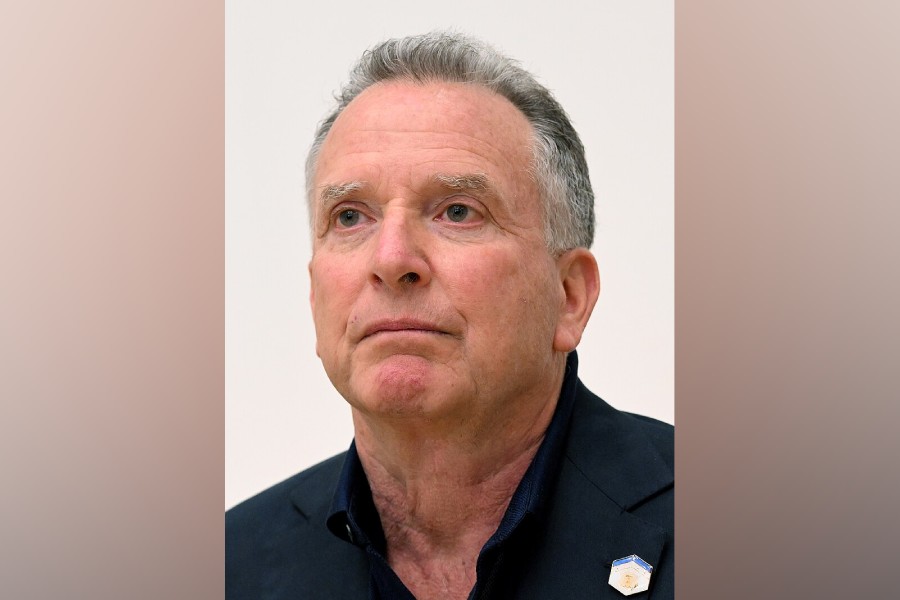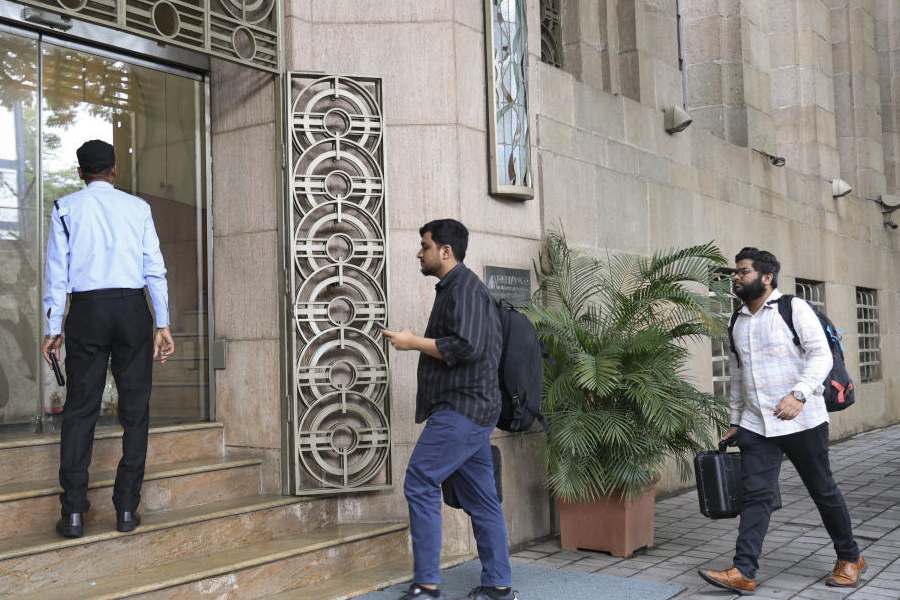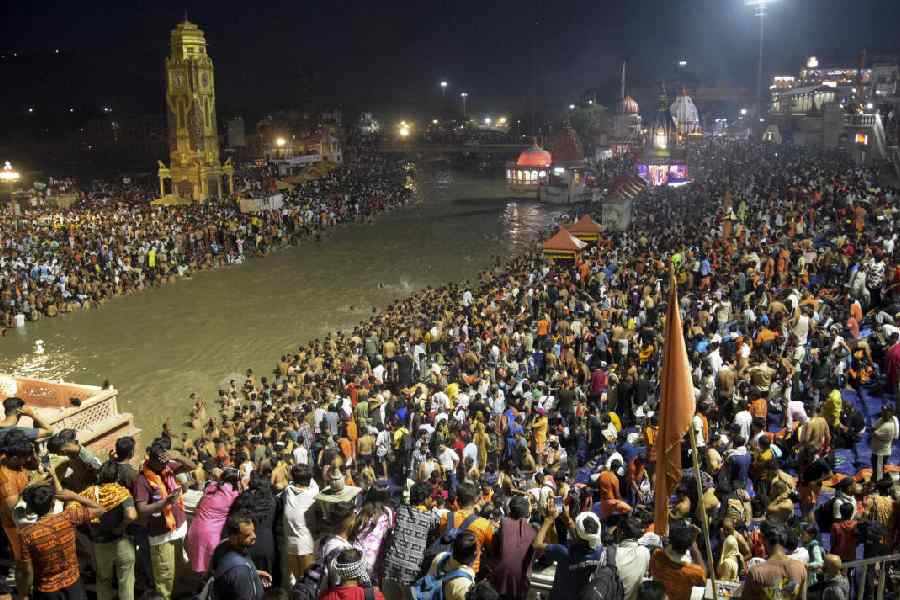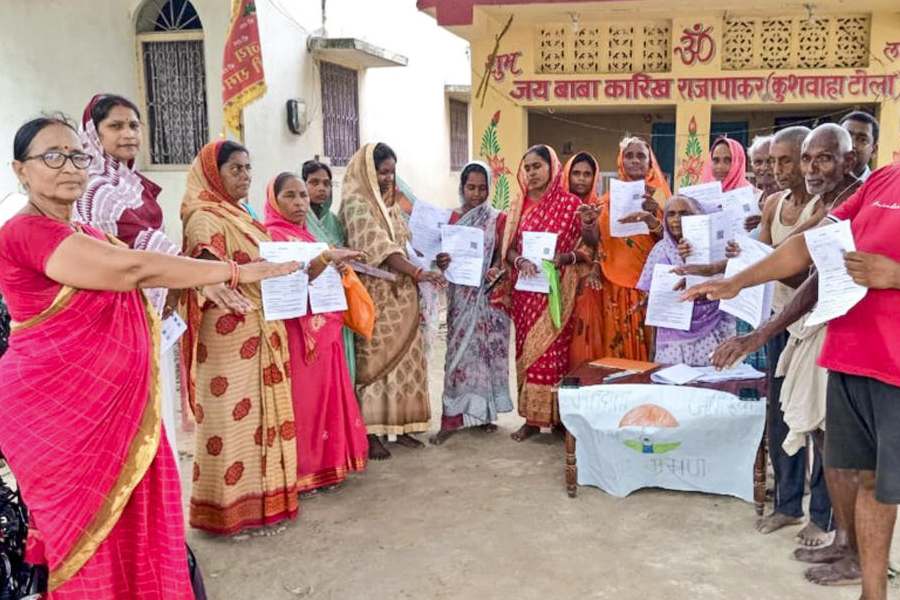Bhubaneswar/Cuttack, Dec. 23: Odisha's lifeline Mahanadi is facing twin threats -pollution due to discharge of municipal wastes and the possibility of the river going dry during the non-monsoon period following construction of barrages in its upper reaches by the Chhattisgarh government.
Odisha apprehends that if Chhattisgarh government continues with the constructions, the state's five fragile eco-system, including Bhitarkanika that is vying for world heritage site status with its wildlife habitats, would come under threat.
The pollution threat to the river, ironically, comes from within the state. The Odisha State Pollution Control Board has confirmed that the water quality of the Mahanadi and its tributaries had deteriorated at 13 places along its course in the state following discharge of municipal wastes and human activity.
In an affidavit submitted before the National Green Tribunal, New Delhi, the pollution control board yesterday said that this year it had detected deterioration in the water quality of the river and its tributaries - Kathajodi, Serua and Daya - at four locations near Sambalpur, one near Sonepur, six near Cuttack and two near Bhubaneswar.
"The deterioration in water quality at these locations may be ascribed to the discharge of untreated/ partially treated wastewater of the urban local bodies into the river as well as in-stream activities by local inhabitants," pollution control board's senior law officer Bhagat Prasad Pattajoshi said in the affidavit,
The affidavit was in response to a petition that had raised concern regarding pollution of the river due to discharge of industrial wastes.
Incidentally, the state government had threatened to approach the tribunal over construction of barrages in Chhattisgarh on the ground that these structures would drastically affect the fragile eco-system of the Mahanadi.
Chief minister Naveen Patnaik, while attending the tripartite meeting convened by the Union ministry of water resources in September, had said: "Mahanadi downstream and the delta region is unique in the sense that within a limited geographical confine five most important and ecologically fragile hot-spots are situated."
The eco-systems likely to be affected are Satkosia, Bhitarakanika wetlands, Chilika lagoon, Gahirmatha turtle habitat and Mahanadi delta.
"Any tampering with this fragile eco-system will have serious consequences not only for Odisha, but also the entire eastern seaboard," the chief minister had said.
Odisha is a cyclone prone state and the mangroves of the delta region are the first line of defence. The flow in the Mahanadi is an important pre-requisite to maintain the fragile eco-system, an official said.
The Mahanadi delta covers an area of 95,000sqkm with a coastline of 200km.
Shakti Prasad Nayak, president of Nature Care Initiative, a New Delhi-based NGO had filed the petition before the tribunal raising concern about construction activities obstructing the natural flow of the river. Nayak said construction activities had the possibility to adversely affect the biodiversity of the Mahanadi river system.
Refuting allegations of pollution due to industrial wastes, pollution control board's senior law officer Bhagat Prasad Pattajoshi claimed in his affidavit that "there is discharge of treated effluent to river Mahanadi from the major industries like Hindalco industries limited at Hirakud, COS Board industries and SMV Beverages Private Limited at Jagatpur (Cuttack)".
Pattajoshi said the pollution control board was regularly monitoring the water quality of the Mahanadi at 32 locations, but did not have any "information about construction of projects obstructing the flow of the river".
He said that the pollution control board was not the appropriate authority to monitor the flow of any river.
The board's latest reports indicate that water quality of the Mahanadi and its tributaries was deteriorating because of wastes being released into the water in Sambalpur, Cuttack and Bhubaneswar.
The reports further states that human activity was affecting the quality of the river water at Huma near Sambalpur, Sonepur and Mundali near Cuttack.
The petition has sought the green tribunal's direction for "appropriate legal action" against urban local bodies, municipal corporations and sewerage board situated near the Mahanadi and its tributaries and responsible for the rising pollution of the rivers.
The petition also sought the tribunal's direction for "appropriate legal action" against industries operating near the river without prior environmental clearance or in violation of prescribed environmental norms.











